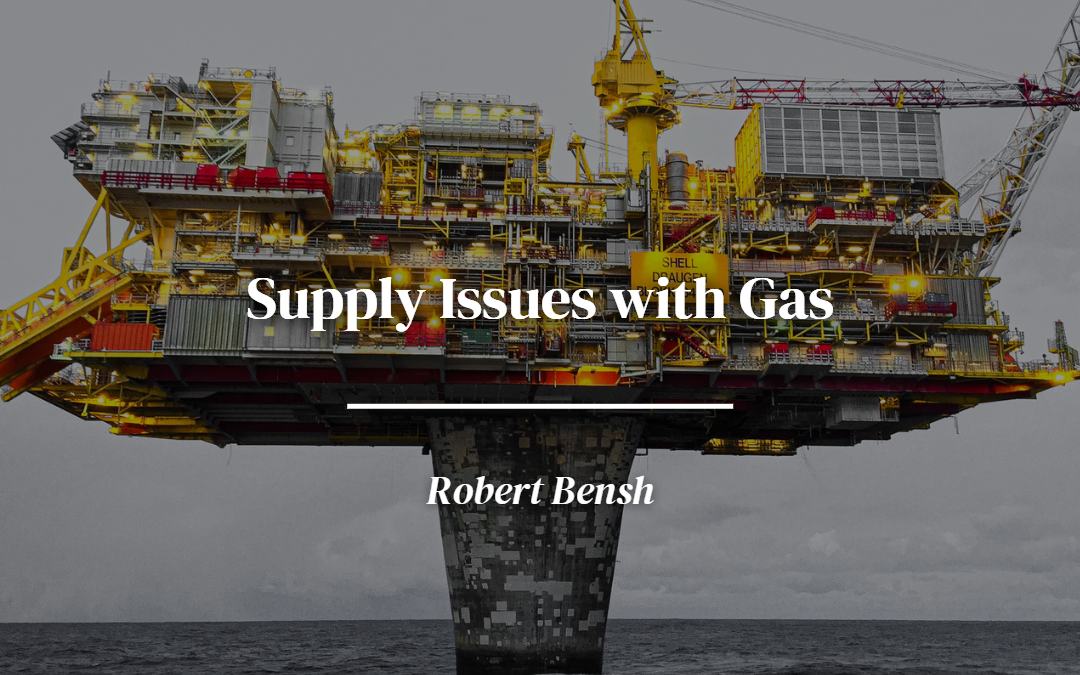Rising gas prices have been a major factor in the United States supply chain. This issue has affected the country’s economy and environment. The energy crisis, which started in late 2021, has now moved into 2022 and has caused far-reaching effects. Some factors contributing to the issue include the disruption of the supply chain and the volatility of energy prices. The rising prices and availability of energy threaten the global recovery from the COVID-19 outbreak. It has been reported that the recovery in energy demand is putting a strain on the fossil fuel markets. This is because the lack of supply is forcing prices higher.
Domino effect of gas shortage and prices
Although energy markets are always volatile, the focus of the energy transition has shifted from security to the environment. This could be because the lack of urgency regarding energy security has led to less consideration of the other factors that affect the environment. Low-income families are often hit hard by the rising prices of energy. This is why it is important that government programs and resources focus on addressing these individuals’ needs. One solution is to diversify the energy supply by developing renewable sources. These sources are not subject to the fluctuations of global markets. In the United States, the average price of gas has increased by 75% from the previous year. However, the prices in the country’s net-consumption zones have increased by more than 450 percent. Due to the global supply constraints caused by the exportation of liquefied natural gas, the prices in the country have increased.
Shortage throughout the globe
In the US, the production of natural gas fell last year due to the recession and lower prices. However, this has since recovered more slowly as the economy has started to recover. Because of this, the country’s gas drillers have been more cautious in their operations. The cold winter that hit the country in February accelerated the market’s re-balancing process. This led to the reduction of the country’s gas inventories during the second half of 2020.
Despite the recovery in energy consumption, the global supply of natural gas has yet to recover. Due to the harsh winter, stock levels in Asia and Europe have been depleted. Although the United States is not experiencing the same supply issues, the country’s production base is still relatively high. Since May 2021, the prices of US natural gas have increased significantly. Due to the high prices, the market has started to swing into a wide backwardation. In October 2021, the six-month spread reached its most significant level in over a decade.
Status of natural gas
Despite the global supply constraints caused by the decline in oil production, the natural gas markets are still in crisis. Due to the emergence of the flexible and growing liquefied natural gas market, competition has increased in the global supply of natural gas. Asia and Europe are now able to compete for the same supply. This has resulted in higher prices in both markets. Despite its various advantages, natural gas has had its share of drawbacks. One of these is its ability to displace coal-fired power generation.
Lagging in production
The underground storage of natural gas has reached its lowest level since 2018. Due to the abundance of natural gas in the US, the prices in the country have increased. This has caused the domestic market to become more competitive. Eventually, more production and drilling will be carried out due to the higher prices. The US production of natural gas has started to recover from its low in 2020. It has increased at a compound annual rate of less than 0.6% over the past two years. The slight increase in the country’s gas inventory position has led to a decline in natural gas prices in the US. However, stocks are still relatively low, which means that the prices will continue to increase.
